Adresse
304, rue Cardinal Nord
Centre Dorchester, MA 02124
Heures de travail
Du lundi au vendredi : 7h - 19h
Week-end : 10h - 17h
Adresse
304, rue Cardinal Nord
Centre Dorchester, MA 02124
Heures de travail
Du lundi au vendredi : 7h - 19h
Week-end : 10h - 17h
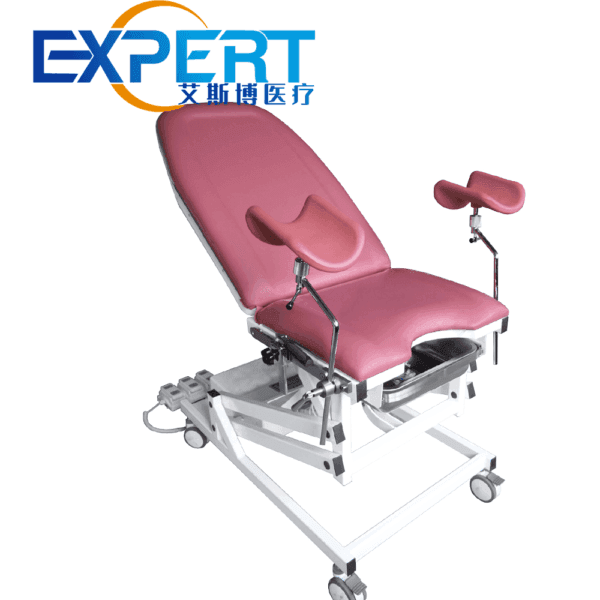
Nous examinerons en profondeur les différents types de tables d’opération disponibles, en soulignant leurs caractéristiques et leurs applications dans le domaine médical.
Bienvenue sur mon blog !
Avant de plonger dans le contenu, si vous êtes intéressé par nos produits ou si vous avez des questions, n'hésitez pas à visiter notre Nous contacter sur notre site web. Notre équipe est à votre disposition pour répondre à vos questions, passer vos commandes ou vous apporter toute l'assistance dont vous pourriez avoir besoin.
Commençons maintenant notre voyage ensemble. J'espère que vous trouverez ce contenu instructif, captivant et utile.

Les tables d'opération sont des équipements essentiels en chirurgie, offrant une plateforme stable aux patients pendant les interventions médicales. Grâce aux progrès technologiques et aux pratiques médicales, une large gamme de tables d'opération a été développée pour répondre aux différents besoins chirurgicaux. Dans ce guide complet, nous examinerons les différents types de tables d'opération disponibles, en soulignant leurs caractéristiques, leurs avantages et leurs applications dans le domaine médical.
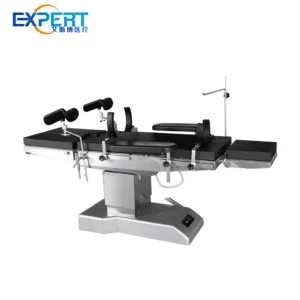

Les tables d'opération jouent un rôle crucial pour assurer la sécurité et le confort des patients subissant des interventions chirurgicales. Une table d'opération bien conçue offre aux chirurgiens un accès optimal au site chirurgical, facilite le positionnement du patient et favorise l'efficacité des interventions médicales. En choisissant la table d'opération adaptée, les professionnels de santé peuvent améliorer la qualité des soins prodigués aux patients et les résultats chirurgicaux.


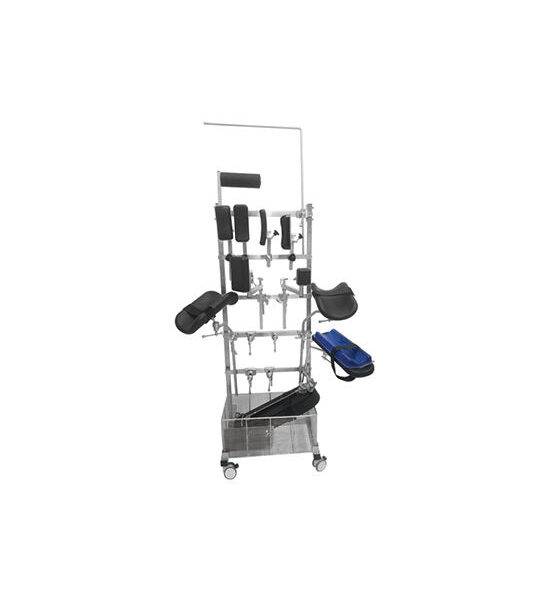

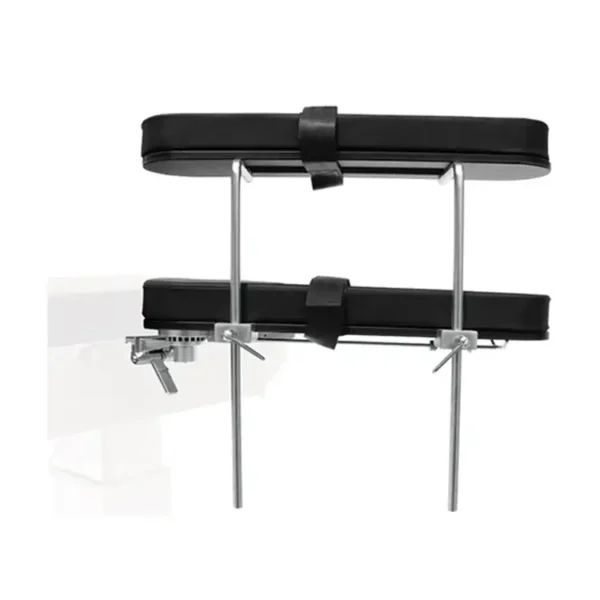


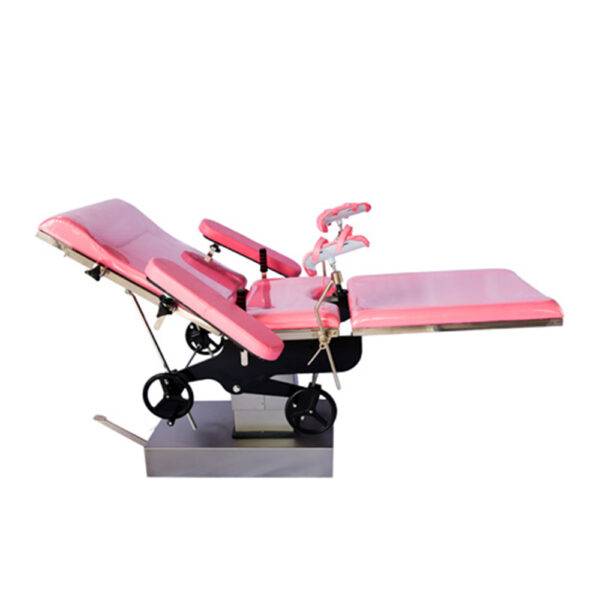
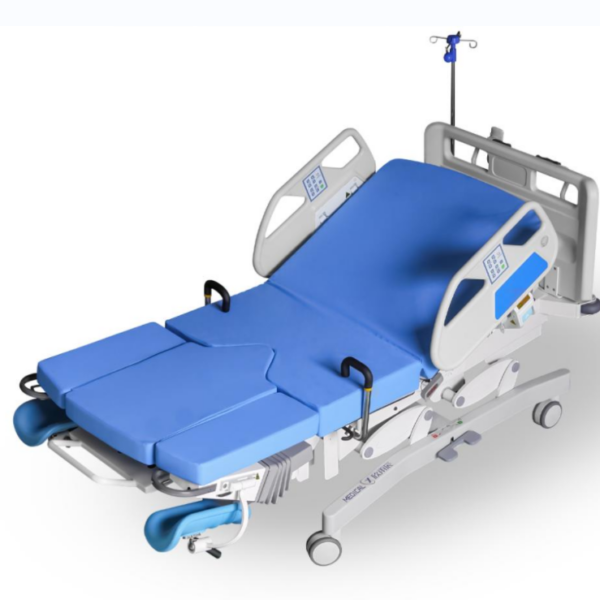
Tables de chirurgie générale : Ces tables polyvalentes sont conçues pour un large éventail d'interventions chirurgicales, notamment la chirurgie générale, la chirurgie orthopédique et la neurochirurgie. Elles sont généralement réglables en hauteur, en inclinaison et en positionnement pour s'adapter à différentes spécialités chirurgicales.
Tables chirurgicales spécialisées : Les tables spécialisées sont adaptées à des disciplines chirurgicales spécifiques, telles que la chirurgie cardiovasculaire, l'urologie et l'ophtalmologie. Elles peuvent être équipées d'accessoires spécifiques, tels que des supports pour jambes, des appuis-bras ou des appuis-tête, pour répondre aux exigences spécifiques de chaque intervention.
Tables d'imagerie : Les tables d'imagerie sont équipées de surfaces radiotransparentes permettant la réalisation d'imagerie peropératoire, comme la radiographie, la fluoroscopie ou l'IRM. Ces tables permettent aux chirurgiens de réaliser des interventions mini-invasives avec un guidage par imagerie en temps réel, améliorant ainsi la précision et l'exactitude de l'intervention.
Tables bariatriques : Les tables bariatriques sont conçues pour accueillir les patients obèses ou ayant une capacité de poids supérieure. Elles présentent une construction renforcée, des surfaces plus larges et une capacité de charge améliorée pour garantir la sécurité et le confort des patients obèses pendant l'intervention.
Tables électrohydrauliques : Les tables électrohydrauliques utilisent des systèmes hydrauliques pour ajuster leurs positions, notamment la hauteur, l'inclinaison et l'inclinaison latérale. Ces tables offrent des mouvements fluides et précis, permettant aux chirurgiens d'effectuer des ajustements rapides pendant les interventions sans perturber le champ opératoire.
-1.jpg)
| Taper | Caractéristiques | Applications |
|---|---|---|
| Chirurgie générale | Polyvalent, hauteur et inclinaison réglables | Chirurgie générale, orthopédie, neurochirurgie |
| Chirurgie spécialisée | Adapté à des disciplines spécifiques | Cardiovasculaire, urologie, ophtalmologie |
| Imagerie | Surfaces radiotransparentes pour l'imagerie | Procédures mini-invasives |
| Bariatrique | Construction renforcée, capacités de poids plus élevées | Chirurgie bariatrique |
| électrohydraulique | Réglages hydrauliques pour un positionnement précis | Ajustements rapides pendant la chirurgie |
En conclusion, le choix de la table d'opération appropriée est primordial pour assurer le succès des interventions chirurgicales et le bien-être des patients. Comprendre les différents types de tables d'opération En connaissant les différents types de tables d'opération disponibles et leurs caractéristiques et applications respectives, les professionnels de santé peuvent prendre des décisions éclairées pour optimiser les résultats chirurgicaux et la prise en charge des patients. Les établissements de santé devraient investir en priorité dans des tables d'opération de haute qualité, adaptées aux besoins spécifiques de leurs spécialités chirurgicales. Un entretien régulier et une formation adéquate du personnel à l'utilisation efficace de la table d'opération sont également essentiels pour garantir sa longévité et ses performances optimales. En accordant de l'importance à ces aspects, les professionnels de santé peuvent créer un environnement chirurgical sûr et efficace, favorisant les résultats positifs des patients et leur satisfaction globale.
Quelles sont les différentes types de tables d'opération disponible sur le marché ?
Il existe différents types de tables d'opération : hydrauliques, électriques, spécialisées (comme les tables orthopédiques ou radiotransparentes) et bariatriques. Chaque type offre des caractéristiques et des fonctionnalités uniques pour répondre aux différents besoins chirurgicaux.
Comment choisir le bon type de table d’opération pour mon établissement chirurgical ?
Lors du choix d'une table d'opération, tenez compte de facteurs tels que les types d'interventions pratiquées, la composition démographique des patients, les contraintes budgétaires et la compatibilité avec l'équipement existant. Consulter des chirurgiens et des professionnels de santé peut également vous apporter des informations précieuses sur les besoins spécifiques de votre établissement.
Quels sont les avantages des tables d’opération hydrauliques par rapport aux tables électriques ?
Les tables d'opération hydrauliques sont réputées pour leur durabilité, leur fiabilité et leurs réglages fluides. Elles sont souvent privilégiées pour leur rentabilité et leur facilité d'entretien. En revanche, les tables d'opération électriques offrent un contrôle précis, des réglages motorisés et des fonctionnalités avancées comme les préréglages mémorisables et la compatibilité avec les équipements d'imagerie.
Y a-t-il tables d'opération conçu pour des interventions chirurgicales spécialisées ?
Oui, les tables d'opération spécialisées sont conçues pour répondre aux exigences spécifiques de chaque spécialité chirurgicale. Par exemple, les tables orthopédiques sont équipées d'accessoires spécifiques pour les chirurgies articulaires, tandis que les tables radiotransparentes permettent une imagerie sans obstruction lors d'interventions comme la chirurgie de la colonne vertébrale. Les tables bariatriques sont conçues pour supporter les patients plus lourds en toute sécurité.
Quelle est l’importance du positionnement du patient sur la table d’opération pour les résultats chirurgicaux ?
Le positionnement du patient joue un rôle crucial dans les résultats chirurgicaux, car il influence l'accès, la visibilité et l'efficacité de l'intervention. Les tables d'opération réglables en hauteur, en inclinaison et en inclinaison latérale permettent aux chirurgiens d'optimiser le positionnement du patient, ce qui améliore les résultats chirurgicaux et réduit les risques de complications.